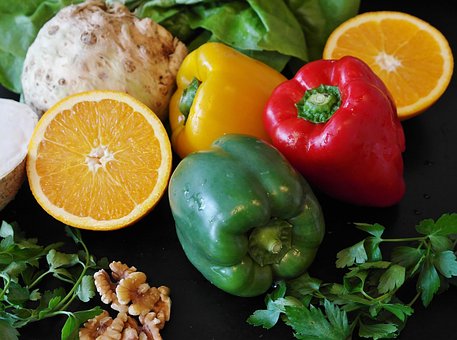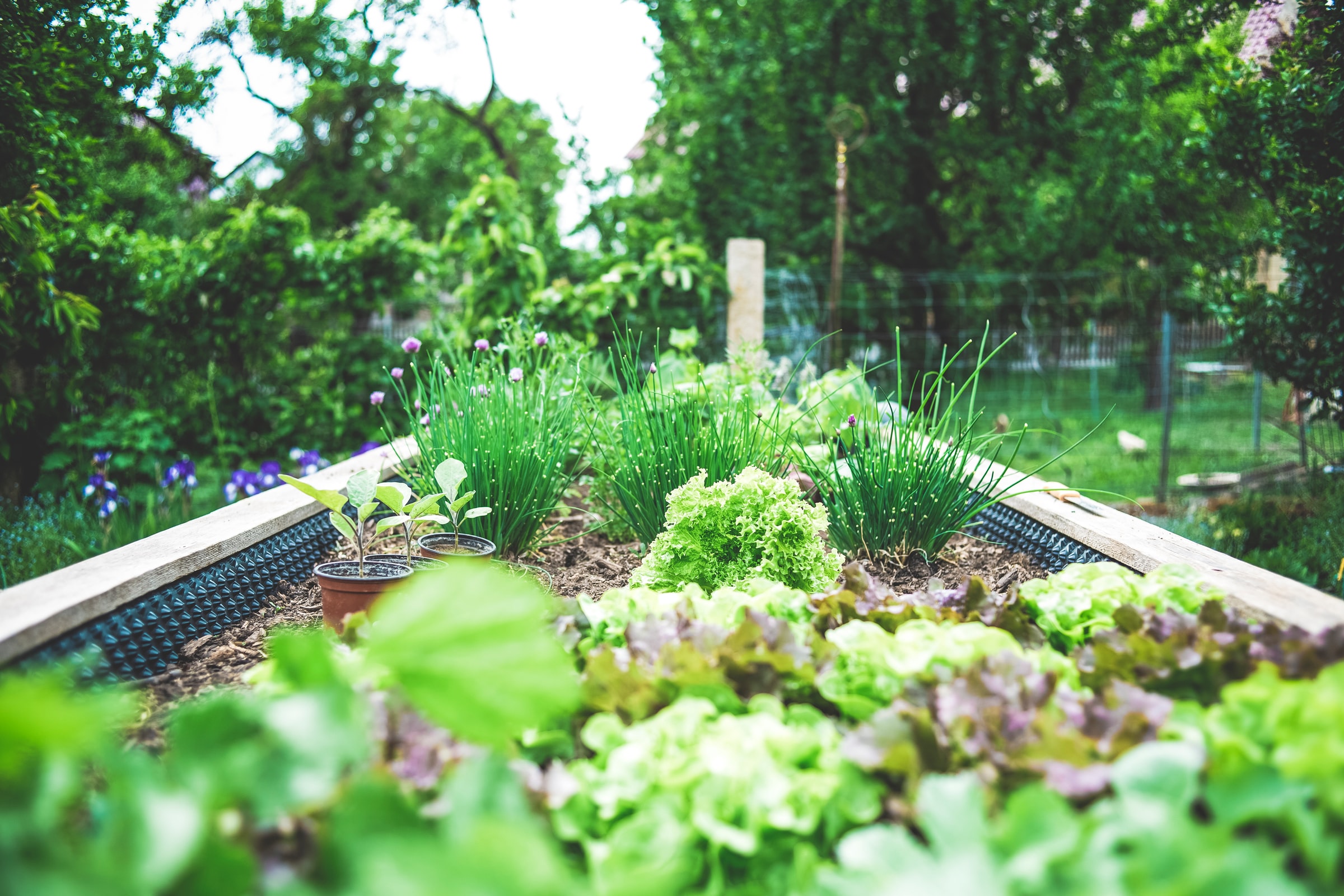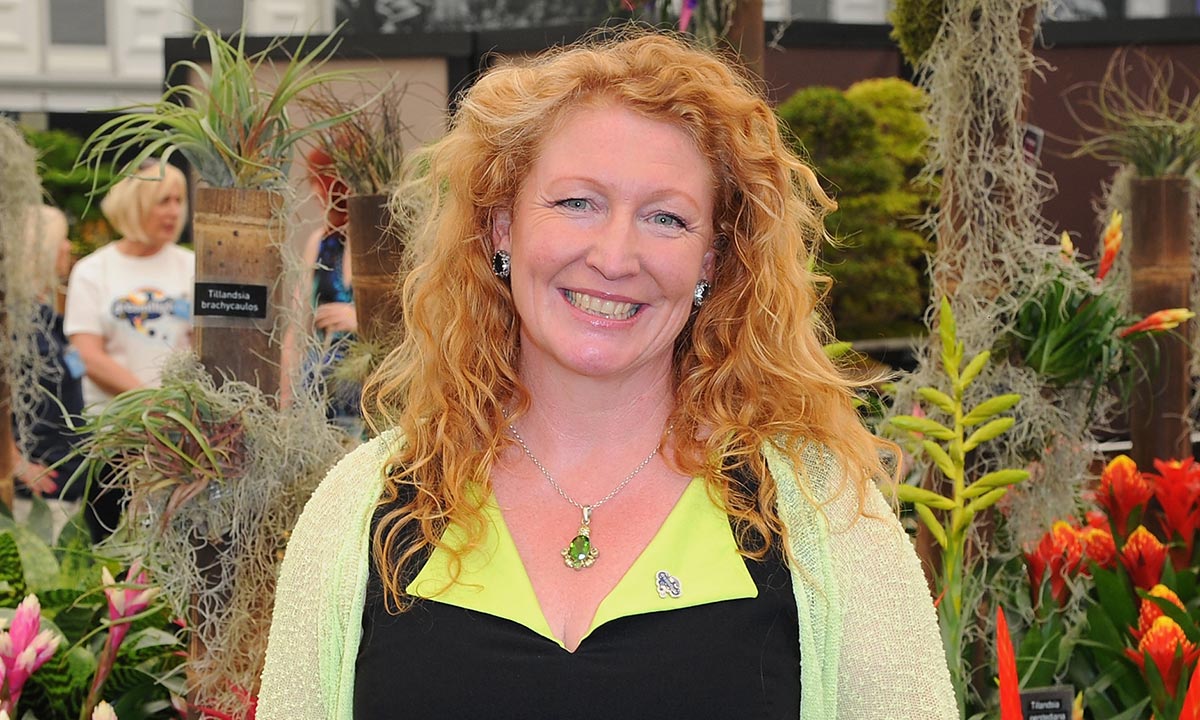Learn how to make a salad garden. You don’t need a lot of lands or a conventional garden for this. You can still accomplish this if you only have a patio or balcony and a few pots.
First, choose the sort of lettuce you want to grow: looseleaf, butterhead, romaine, or crisp lettuce.
The best time to grow lettuce is in the spring if you live in a colder region. Lettuce prefers chilly temperatures, so plant it in the fall or winter if you live in a warm subtropical or tropical region. It may be cultivated in your salad garden all year long.

Chillies and peppers are cultivated in the same way. These are not cold-hardy and should be planted after the lettuce and radishes have been sown. There are numerous types to pick from, and you can grow whatever you want.
Peppers should be planted two weeks following your area’s last frost date. They thrive at 70 to 75 degrees Fahrenheit (21 to 24 degrees Celsius) or above. Peppers may be grown from seed or purchased from a local nursery as potted plants.
Seedlings should be transplanted when at least 5-6 cm tall. They prefer full sun and light, well-drained, somewhat damp soil. To give the young plants a healthy start, water them often.
They may be grown in the ground or in containers.
Radishes are a simple vegetable to raise. They may be planted practically anyplace as long as they get enough sunlight. Radishes and carrots should be planted at the same time. Both are simple to cultivate and go well together. They demand comparable growth conditions, so try them if you’re a novice grower in your salad garden.
Sow the carrot and radish seeds together. Radishes are ready to harvest more rapidly and provide more carrots to grow and develop.
Salads with spinach and pecans are popular. If you perform a web search, you’ll find hundreds of recipes for spinach, which is why it’s an excellent addition to your salad garden.
In temperate climates, spinach prefers full light, but it prefers partial shade in warmer climates. To grow spinach, you need rich soil and old manure or compost. Spinach may also be grown in a container or a planter; just be sure to water it regularly and fertilize it frequently for healthy development.

Tomatoes should be included in each salad garden since they are the easiest to cultivate and the most valued. There are several options for both tiny and large spaces. It’s even possible to cultivate them in hanging baskets. Choose your tomato variety based on your growing circumstances and available space.
Arugula, often known as “Rocket” or “Roquette,” is a spicy green leafy vegetable. In the spring or fall, plant arugula in your salad garden.
Fenugreek is a tropical plant cultivated in frost-free regions all year. Salads may be made using fenugreek, and they can be grown indoors.
Additional Tips
Leafy crops prefer Nitrogen-rich soil. Before sowing seeds, prepare the soil by adding a lot of compost or manure.
All of the plants on this list thrive in damp soil.
Apart from tomatoes and peppers, these salad veggies may be grown in as little as 4 to 6 hours of sunlight.
Salad greens should be grown in the shadow (morning sun) if the temperature is over 75 degrees Fahrenheit (24 degrees Celsius) (forming seeds).
Sow seeds every other week or so during the growing season to ensure a constant yield of salad greens.
These leafy crops can be harvested several times. Cut the plant one inch above the soil line when ready to harvest. They’ll come back to life.
Let us know in the comments what do you think about growing a salad garden…



